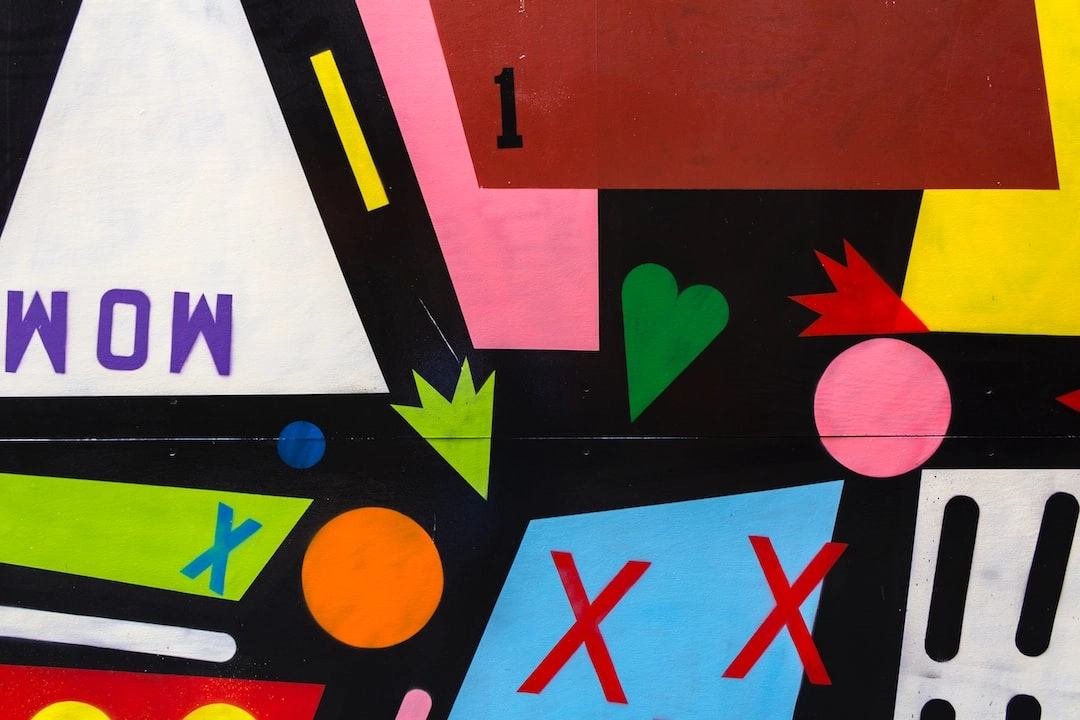
What is Eco-friendly Practices in Digital Art Creation?
Eco-friendly practices in digital art creation involve adopting sustainable and environmentally conscious approaches to all aspects of the creative process. It acknowledges the environmental impact of digital art production and aims to minimize or mitigate its negative effects. This includes reducing energy consumption, minimizing waste generation, and utilizing eco-friendly materials and tools.
Real-World Problems Associated with Eco-friendly Practices in Digital Art Creation
While digital art offers numerous benefits, it also poses environmental challenges that need to be addressed. Some of the real-world problems associated with eco-friendly practices in digital art creation include:
1. Energy Consumption
Creating digital art requires the use of energy-intensive devices such as computers, tablets, and printers. The energy consumption associated with these devices contributes to carbon emissions and increased electricity consumption. Finding energy-efficient alternatives and optimizing energy usage are crucial in minimizing the environmental impact.
2. E-waste Generation
Digital art creation often involves regularly upgrading and replacing electronic devices to keep up with advancements in technology. Improper disposal or recycling of electronic waste (e-waste) can lead to harmful effects on the environment and human health. Proper e-waste management, including recycling and reusing electronic devices, is essential to reduce the negative impact on the environment.
3. Chemical Exposure
The production and disposal of certain digital art supplies, such as inks, toners, and solvents, can release harmful chemicals into the environment. Artists and designers who work with these materials are at risk of exposure to toxic substances. Using eco-friendly alternatives that are free from harmful chemicals can help mitigate this issue.
4. Data Storage and Cloud Computing
Digital art files often require significant storage space, leading to increased demands for data centers and cloud computing infrastructure. These facilities consume vast amounts of energy and can have a substantial carbon footprint. Implementing efficient data management practices and utilizing carbon-neutral or renewable energy sources for data centers can help address this problem.
5. Lack of Awareness and Education
Many artists and creatives are unaware of the environmental impact of their digital art practices. Without proper education and awareness, it can be challenging to make informed decisions and adopt eco-friendly practices. Promoting education and providing resources on sustainable digital art creation can help bridge this gap.

Solutions for Eco-friendly Practices in Digital Art Creation
Addressing the real-world problems associated with eco-friendly practices in digital art creation requires implementing sustainable solutions. Here are some potential solutions to promote environmentally conscious digital art creation:
1. Energy Efficiency
– Optimize device settings, such as adjusting brightness and sleep mode timers, to reduce energy consumption.
– Use energy-efficient hardware and devices that carry eco-label certifications.
– Consider renewable energy sources for powering digital art creation equipment.
2. Proper E-waste Management
– Donate or recycle old electronics through authorized e-waste recycling programs.
– Utilize electronics for as long as possible, considering repairs and upgrades instead of immediate replacements.
– Support manufacturers that offer take-back and recycling programs for electronic devices.
3. Eco-friendly Art Supplies
– Choose non-toxic and eco-friendly alternatives for inks, toners, and solvents.
– Look for art supplies with eco-certifications or eco-friendly labels.
– Dispose of hazardous materials responsibly and according to local regulations.
4. Sustainable Data Management
– Optimize file sizes and formats to minimize storage requirements.
– Utilize cloud storage and data management services that prioritize sustainability.
– Choose data centers powered by renewable energy or utilize carbon offsets.
5. Education and Collaboration
– Promote awareness and education on the environmental impact of digital art creation.
– Share information and resources about eco-friendly practices with artists and the creative community.
– Encourage collaboration among artists, designers, and technology companies to develop sustainable solutions and innovations.















